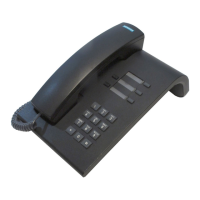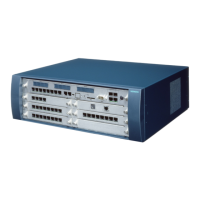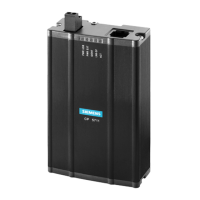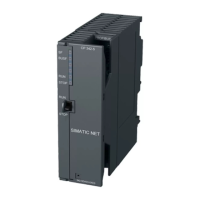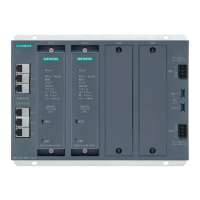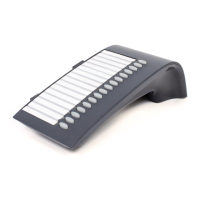8.17 Boss/secretary systems (TOP)
Introduction
In a Top system, calls for the boss are usually first signalled at the secretary telephone. The secretary
has a direct line to the boss and vice versa. Calls for the boss can be signalled directly at the boss
telephone at specified times.
The boss can also have a second boss telephone and a private line. Additional features can also be
programmed for a Top system, e.g. "Camp-on without signal", "Silence on/off", "Voice calling", etc.
The "Enhanced TOP" and "Standard TOP" models are described below.
Enhanced TOP
An additional analog port is required for every TOP member. This port is not connected to the main
distribution frame and should be appropriately labelled. This analog port is used for signalling calls at
a TOP member telephone using DSS keys.
Functional overview:
TOP calls are always signalled at TOP member telephones using the call keys (analog ports).
If there are calls for the boss queued at the secretary telephone, the secretary can use the call
keys to accept the boss calls first.
The boss can have his/her own calls signalled in parallel at his/her telephone using the "Hunt
group ON/OFF" function.
If a second boss telephone exists: the main boss telephone is only called by the secretary using
the "Boss" DSS key.
The "second boss telephone" key, on the other hand, is used to call the scond boss telephone
and the main boss telephone.
Standard TOP
No additional hardware is required. Call allocation is only configured via Call Management.
Functional overview:
The number of the calling party is displayed at the secretary telephone. It is thus impossible to
tell if the call is destined for the secretary or the boss.
Acoustic signalling for boss calls can be diverted at any time from the secretary telephone to the
boss telephone.
Functions of both variants
The number/name of the calling party is shown on the display.
http://cmweb01.mch.pn.siemens.de/e_doku/en/h150/h15/30/sh/2/15_817.htm (1 of 5) [06/04/2000 13:13:09]

